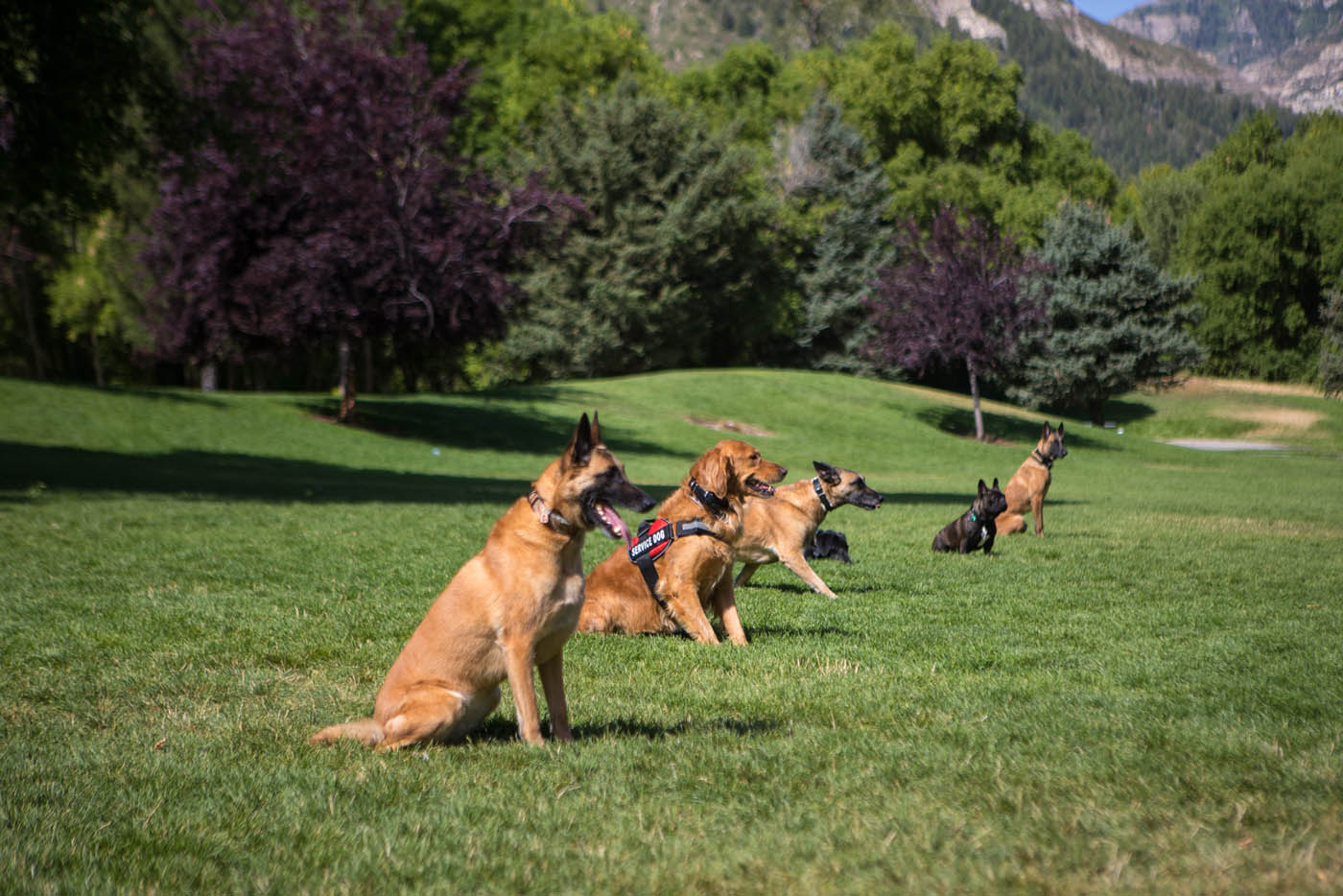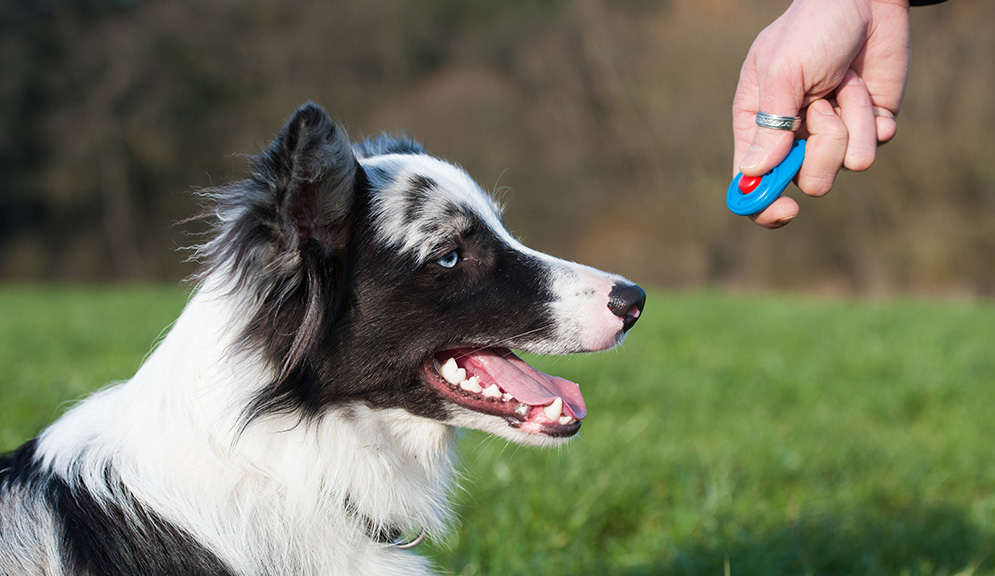How Professional Dog Training Can Enhance Your Dog’s Skills and Behavior
How Professional Dog Training Can Enhance Your Dog’s Skills and Behavior
Blog Article
Beginner's Guide to Effective Pet Training at Home
Effectively training a pet in the house requires a nuanced understanding of canine actions and reliable interaction techniques. Developing clear training goals, using premium incentives, and keeping uniformity across family members are vital aspects. Furthermore, incorporating training into everyday regimens can boost both engagement and retention. Numerous amateur fitness instructors experience difficulties that might hinder progress. To navigate these complexities successfully, it's crucial to explore several vital aspects that can change your method and cause a harmonious relationship with your pet dog. What basic concepts should every beginner grip to ensure success?
Understanding Pet Dog Behavior
Recognizing pet dog habits is necessary for efficient training and cultivating a harmonious partnership in between people and their canine companions. Canines interact largely through body language, articulations, and faces, making it crucial for owners to interpret these signals properly. Recognizing habits such as tail wagging, grumbling, or shrinking can offer understandings into a canine's psychological state and intents.

Usual behavior issues, such as aggressiveness, stress and anxiety, or excessive barking, frequently originate from misconceptions or unmet needs. Observing and addressing these issues promptly can avoid escalation and make certain a positive training experience. By promoting a deep understanding of pet habits, proprietors can customize their training approaches to match their canine friends, inevitably leading to a well-behaved and pleased animal.
Important Training Devices
A well-equipped training room can considerably enhance the efficiency of canine training in the house. Crucial training tools make sure that both the fitness instructor and the dog can take part in effective sessions that cultivate knowing and bonding.

Buying a strong leash and a comfortable, well-fitting collar or harness is crucial for safety and security and control. These devices help establish borders and make sure the pet dog remains secure throughout training. In addition, a marked training location, devoid of distractions, help concentration for both the pet dog and the fitness instructor.
Training help such as training pads, cones, or agility devices can additionally enhance the experience by introducing selection and challenges. Lastly, having a notebook or digital application for tracking development can be very useful, enabling you to note successes and locations for improvement. Making use of these necessary tools will produce a positive training setting and lay the structure for efficient discovering.
Developing a Training Routine
Establishing a regular training routine is essential for effective dog training at home. A well-structured routine not only helps in strengthening preferred habits yet likewise offers your pet with a sense of protection and predictability. To develop an effective training routine, begin by identifying specific training goals, such as fundamental commands, chain strolling, or house-breaking.
Pick an assigned time daily for training sessions, preferably when your canine is sharp and responsive. Procedure ought to be short, approximately 5 to 15 minutes, to maintain emphasis and prevent fatigue. Consistency in timing and environment will enhance your canine's learning experience.
Incorporate training into day-to-day activities to reinforce skills. For example, practice commands during walks or mealtime, which incorporates discovering into natural visite site routines. Additionally, stay flexible and adjust the regular as needed, accommodating your pet dog's energy levels and state of mind.
Favorable Support Methods
Positive support strategies are fundamental to reliable pet dog training, promoting wanted actions with incentives instead than penalty. This technique uses favorable stimuli, such as deals with, appreciation, or playtime, to motivate canines to duplicate specific activities. The foundation of this approach is timing; benefits should be provided promptly following the wanted behavior to develop a clear association.
When executing positive reinforcement, it is necessary to choose benefits that are motivating for your pet dog. High-value deals with, such as tiny pieces of poultry or cheese, can be particularly effective throughout training sessions. Furthermore, differing the incentives can preserve your pet's passion and enthusiasm.
Start with straightforward commands, like "rest" or "stay," and slowly progression to extra complicated jobs. Uniformity is essential; ensure that all household members utilize the exact same commands and incentive systems to prevent complication.
Moreover, it is important to continue to be patient and prevent stress. Pet dogs, like people, learn at their own speed. By fostering a helpful training setting through positive support, you can improve your canine's learning experience while enhancing the bond in between you and your hairy companion, preparing for successful training end results.
Usual Training Obstacles
While training a pet dog in the house can be a gratifying experience, it commonly features a collection of usual obstacles that can test both patience and consistency. One prevalent problem is disturbance. Dogs may come to be conveniently sidetracked by noises, motions, or also fragrances in their setting, making it difficult to keep their emphasis during training sessions.
One more difficulty is incongruity in commands and reinforcement. It can prevent and puzzle the canine progress if family members utilize different cues or incentives. Developing a unified approach is vital for effective communication.
Additionally, dogs can experience aggravation or tension, specifically if they do not understand what is expected of them. This can bring about unwanted habits, such as chewing or barking.
Finally, the timing of reinforcement is crucial (Dog training). Postponed incentives can find out here reduce the performance of positive support, as canines may stop working to link the behavior with the incentive
Getting over these obstacles calls for commitment, clear communication, and an organized training plan. Recognizing and addressing these typical obstacles will pave the way for a much more effective and delightful training experience in your home.
Verdict
To conclude, successful pet dog training in your home demands a detailed understanding of canine behavior and effective interaction techniques. By developing clear training goals and using top notch treats together with favorable reinforcement, the training procedure becomes a lot more rewarding for both the trainer and the dog. Perseverance, adaptability, and consistency are crucial components that promote discovering. Inevitably, integrating training right into day-to-day routines improves the bond between pet dog and proprietor, making the experience both satisfying and effective.
Developing a consistent training regimen is vital for effective canine training at home.Positive reinforcement methods are basic to reliable pet training, promoting wanted habits via incentives rather than penalty (Dog training). By cultivating a supportive training environment with favorable reinforcement, you can boost your pet's discovering experience while enhancing the bond between you and your furry companion, laying the foundation for effective training outcomes
In here are the findings conclusion, effective pet dog training at home demands a detailed understanding of canine habits and reliable communication methods. By developing clear training goals and making use of top quality treats together with positive reinforcement, the training procedure becomes a lot more fulfilling for both the instructor and the pet.
Report this page